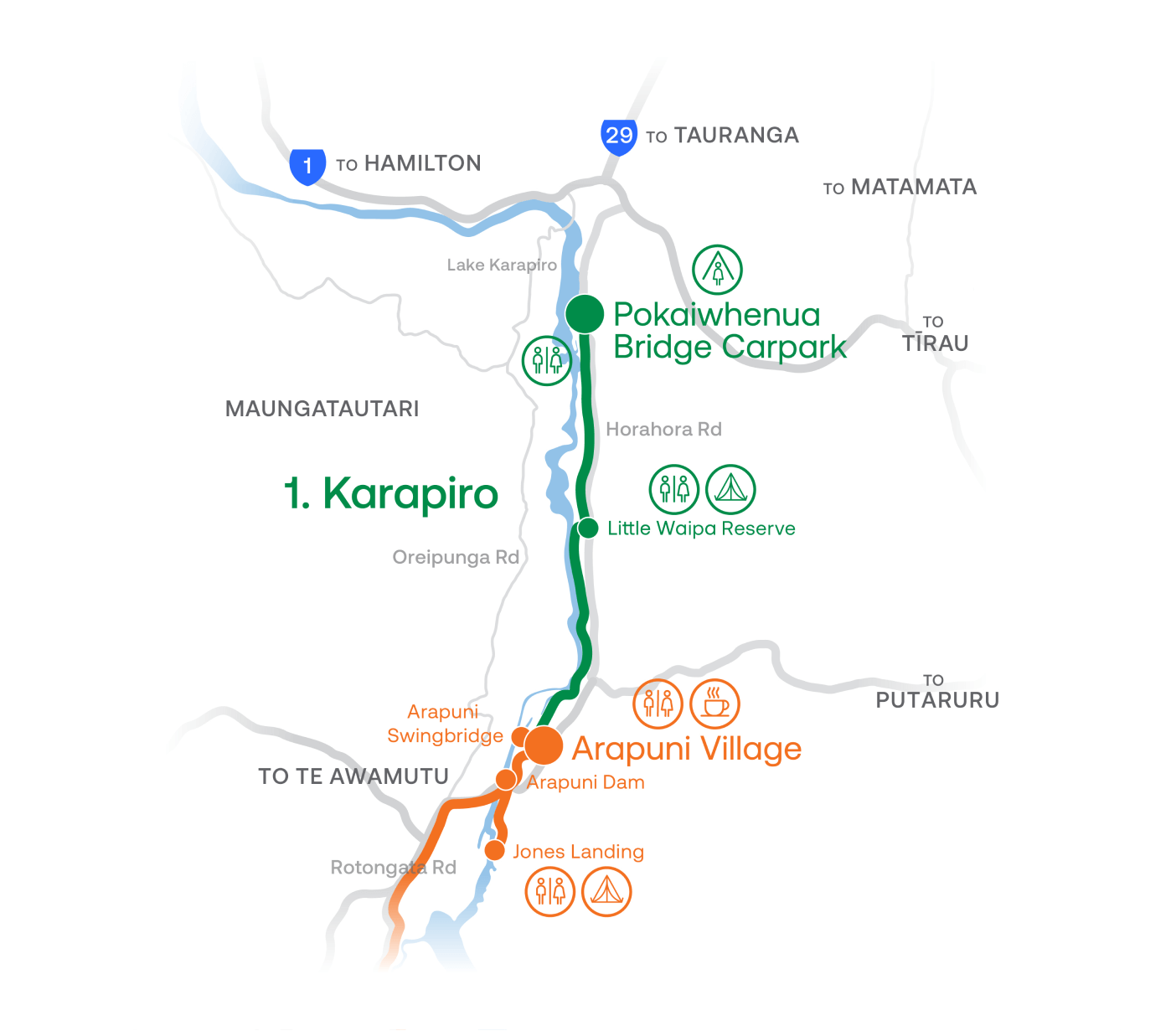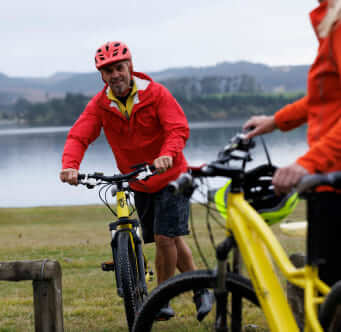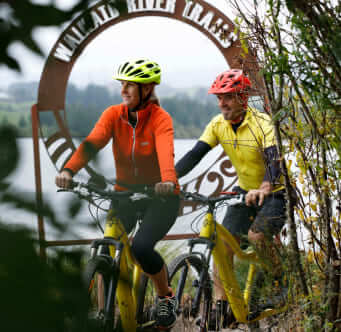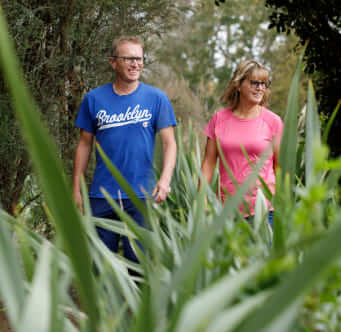As a starting point before embarking on the Karapiro Trail, the Rhubarb Café in Arapuni village has become popular amongst hikers and cyclists to fuel up beforehand. With its quaint rhubarb-lined courtyard, there’s something for everyone on the menu to sustain you for this 11.5km trail section.
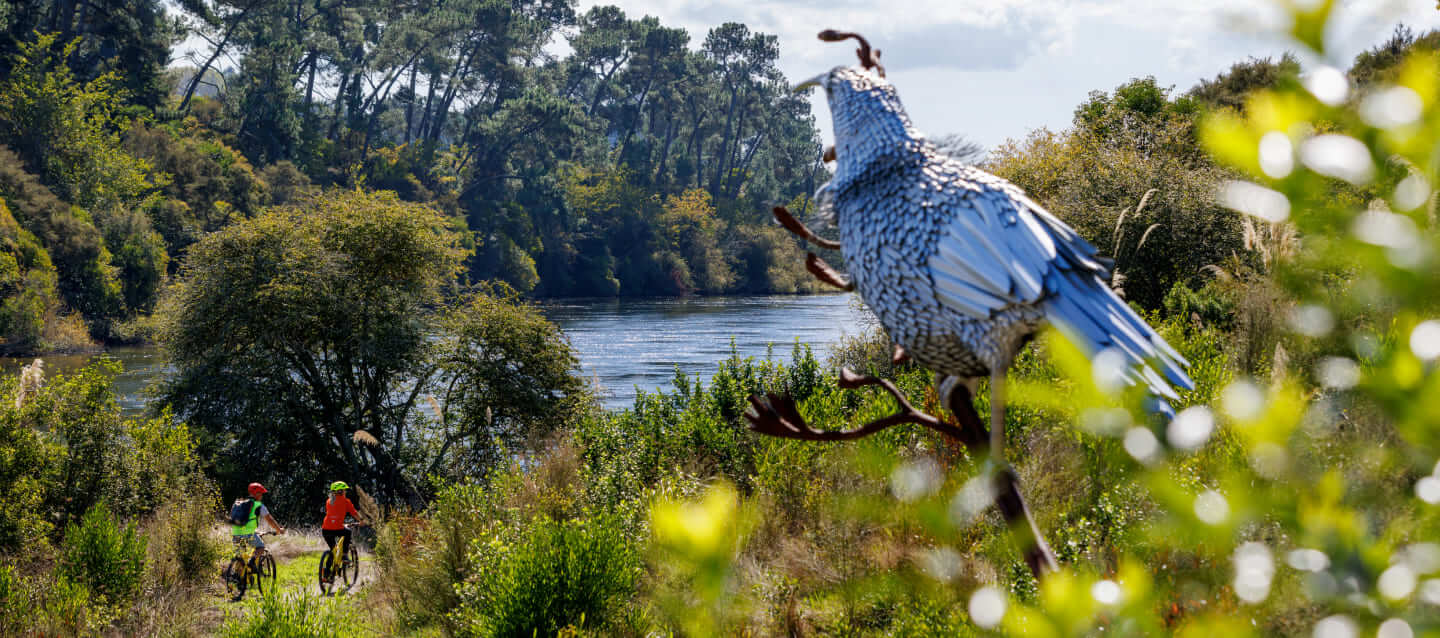
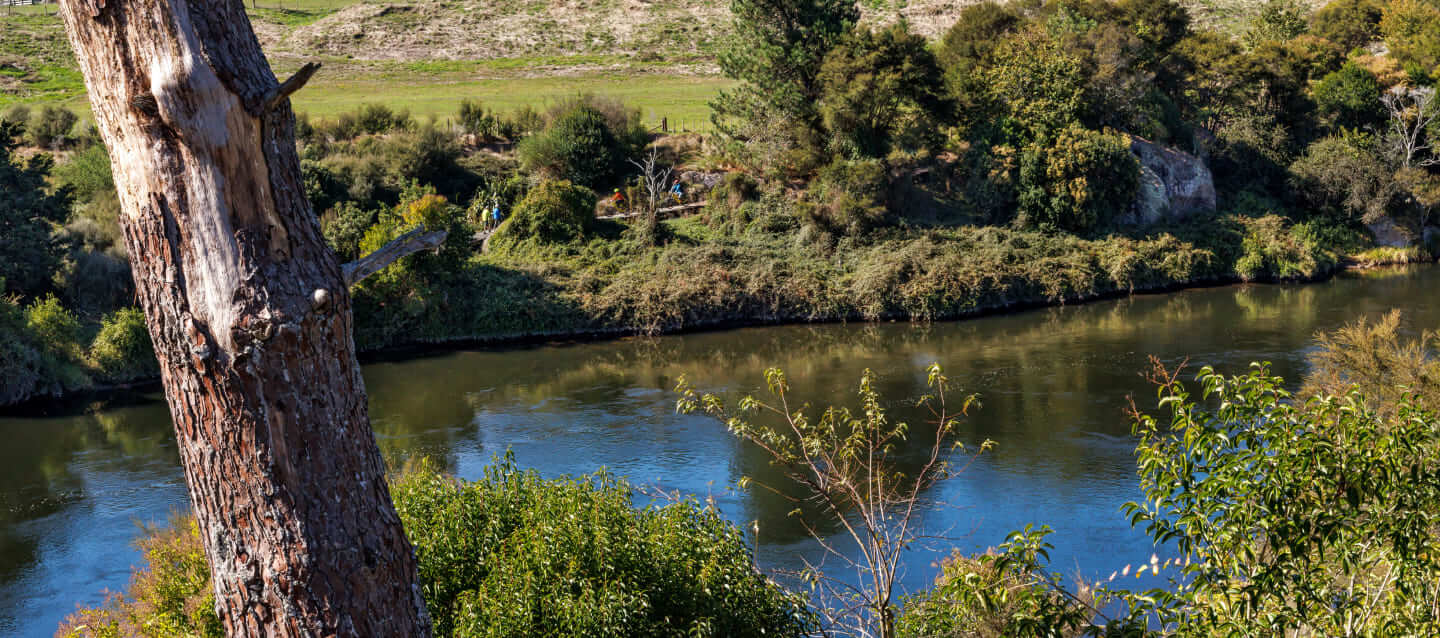
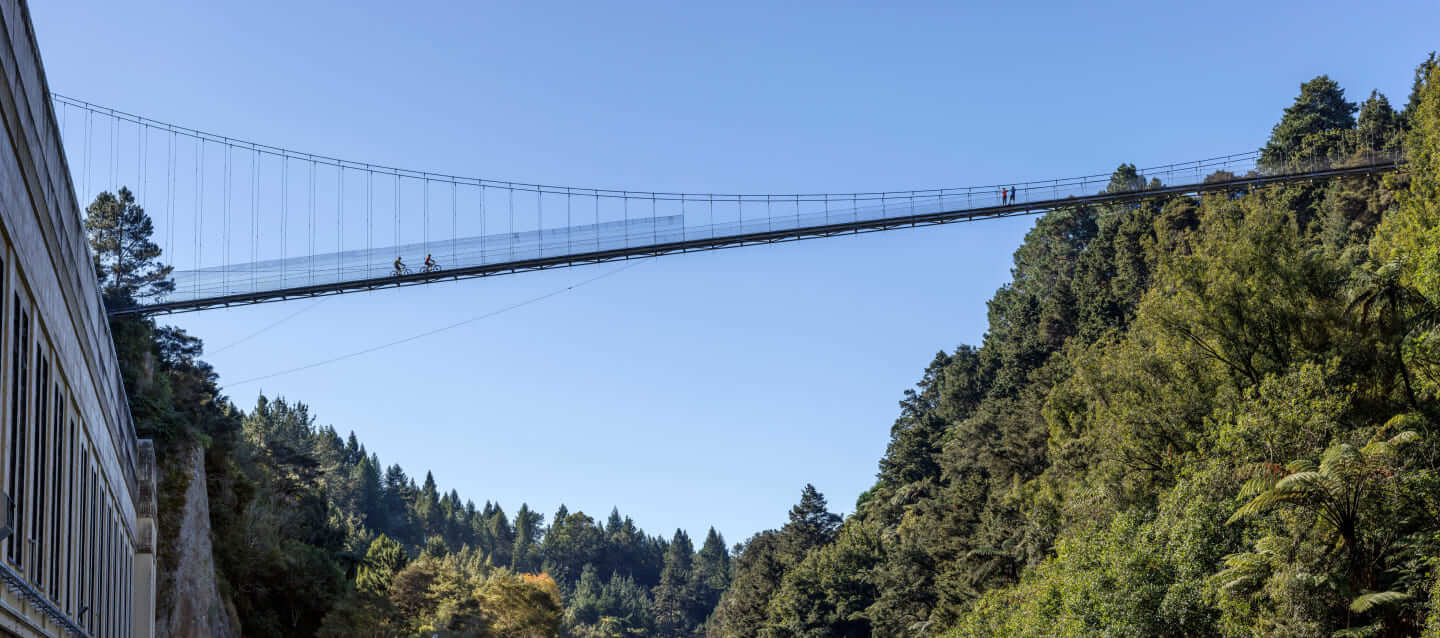
The Karapiro Trail is 11.5km and is graded as 3 (Intermediate).
GRADE 3 (INTERMEDIATE)
Off road trails can be narrow and may include hill climbs and steep drop-offs. The trail surface is mostly firm, but may include muddy or loose sections. There may be obstacles to avoid.


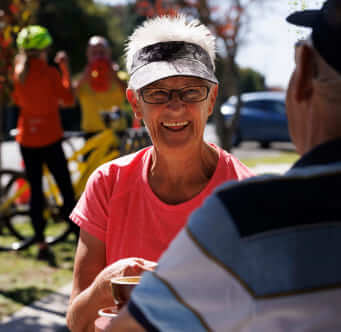
As a starting point before embarking on the Karapiro Trail, the Rhubarb Café in Arapuni village has become popular amongst hikers and cyclists to fuel up beforehand. With its quaint rhubarb-lined courtyard, there’s something for everyone on the menu to sustain you for this 11.5km trail section.
Once your tastebuds have been satisfied, don’t forget to swing by the historic Arapuni Suspension Bridge located around 400m from the café before setting off on this section of the trail. Located just downstream from the Arapuni Power Station, the suspension bridge was built in the mid 1920s to allow workers from the village access to the power station construction site. As one of the longest suspension bridges in the county with a span of 152.4 metres, and suspended 54 metres above the river, the spectacular birds-eye views of the dam, river and forest are a thrilling highlight not to be missed – unless you’re afraid of heights!
Once you’ve crossed over the bridge and back, the Karapiro Trail begins as it follows the river through gentle winding trails surrounded by native forests and farmland. A series of short boardwalks and bridges connect the trail leading you to the amazing Viewing Frame sculpture created by students from Putaruru College whose design was inspired by both the koru and the local swing bridge. This resting area alongside the river is also home to the much larger than life Tui sculpture that towers above the giant Toe toe tussock grasses on the hillside. The sculpture was formed from corrugated iron by local artist Steven Clothier in nearby Tirau – the “Corrugated Iron Capital of the World”.
The next section of the trail takes you through the Huihuitaha Wetland, via a 500 metre continuous boardwalk. This unique 4.5 hectare wetland is lush with indigenous plants, and is a habitat for Herons, Crakes, the native Fern Bird and other species that live solely in New Zealand.
As the trail through the wetland comes to an end, stop for a photo at the giant bicycle chain ring photo frame alongside the river before heading through the Little Waipa Reserve on the edge of Lake Karapiro – a popular spot for fishing, boating and camping.
From here the last section of the trail leads you towards the Pokaiwhenua Bridge carpark where you can admire the arched steel sculpture designed by highly acclaimed New Zealand artist and contemporary sculptor Fred Graham. This sculpture at the end of the Karapiro trail encapsulates details of historical significance to Māori in relation to the Pokaiwhenua area, signifying both a bridge that is no longer there, and a rainbow that used to form from the sun shining through the spray from a set of nearby rapids before the river was dammed.
